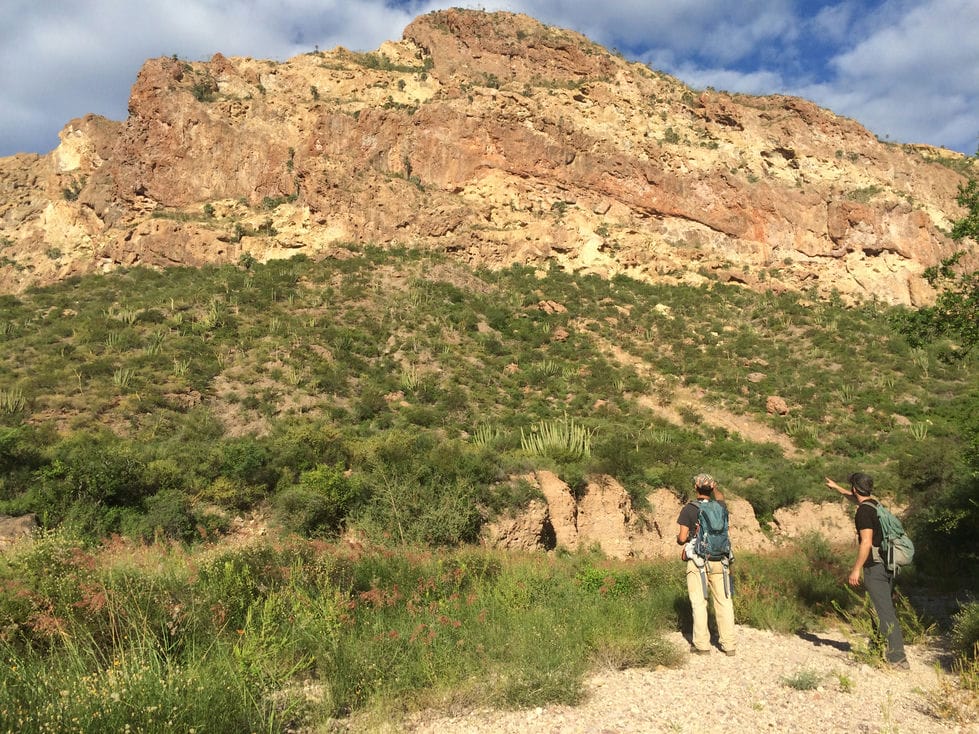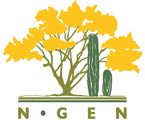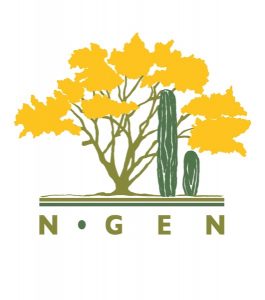
Title: Interplay Between Sonoran Desert Geology and Non-Geologic Processes
Conveners: Scott Bennett, Michael Darin, Andrew Gottscho
Participants: Scott Bennett, Michael Darin, Andrew Gottscho, Greer Dolby, Maria Johnson, Nicole Twohig, Lauren Twohig, Morgan Gilmour, McKenzie Kyger, Jayke Lineberger, Magda Mankel, Carolyn O’Meara, Lorena Villanova-Almanza, Josh Brindley, Eugenio Lavios, Sandy Lanham, Peter Blystone, Abe Sanchez, Cesar Hinojo Hinojo, Carolina Trujillo Lopez, Luis Ignacio Machada Encinas, Jair Alejandro Miranda Anaya, Sonya Norman, Gary Paul Nabhan, Eric Magrane, Sarah Richman, Cathy Marlett, Kenneth Madsen, Jan Emming, Cesar Villalobos, Adrian Munguia-Vega, Ben Wilder, Nestor Corona Morales, Ricardo Felix, Lucila Armenta, Yazmin Ramirez, Barbara Larrain, Mirsa Gojorquez Ochoa, Mirna Manteca Rodriguez, Juan Carlos Bravo, Nemer Narchi, Jim Malusa, Kate Boersma, Michael Bogan, Carmen Isela Ortega Rosas, Enrique Bustamante Ortega, Omar de la Cadena
Overview of the Session Theme:
The distribution and patterns of several non-geologic processes are well documented within the Gulf of California and surrounding Sonoran Desert. Many of these processes are strongly controlled by the local or regional geology, but this relationship is not always examined. The purpose of this session is to draw together an interdisciplinary collection of physical, biological, and anthropological scientists to share known patterns in their fields of study and draw connections between observations and the underlying geologic conditions. For example, how does the distribution of fault-related basins and ranges control climate patterns and the formation of sky islands, and how do these play a role in the isolation or evolution of flora and fauna? How does the distribution of Colorado River delta sand control lizard or cactus habitat? How have water resources influenced pre-historic and historic human migration and settlements? Do deep bathymetric troughs related to plate tectonics effect the migratory paths of large marine mammals or the distribution of sea-floor fauna? How can earthquake hazards influence shorebird habitat or cave preservation? Answers to these questions can stimulate a more holistic research approach in the Sonoran Desert and equip scientists with predictive tools for modern-day and future patterns.
Overview of the Session Discussion:
The session opened with a broad geologic overview and plate tectonic summary for the past ~12 million years in the Gulf of California and Sonoran Desert region. This included two large maps (link to maps) showing the physiographic and geologic makeup of the Sonoran Desert region. An animated plate tectonic reconstruction of the Gulf of California oblique rift (Bennett et al., 2013) was shown for context and as a basis for the tectonic history of the region since ~12 million years ago (link to video). Several intriguing questions were brought up by participants, including how islands within the Gulf of California formed and evolved and where they used to be connected to Baja California and mainland Mexico. Other participants were interested in the history of sea level change over thousands or millions of years. The geologic origins of freshwater springs were discussed, specifically the common co-location of natural springs and where arroyos cross a fault zone. Other questions pertained to the age of sand dune fields near Colorado River delta and their control on river avulsion over several tens of thousands of years.
Action items discussed during the session:
Following the session, several biologists and geologists met in small groups to discuss ways to obtain funding (e.g. NSF) for future interdisciplinary research regarding biologic-geologic processes.


